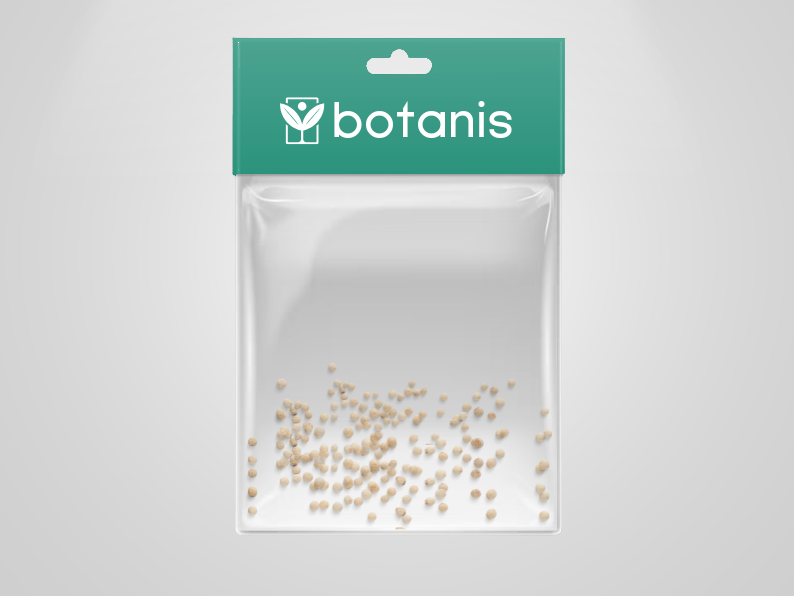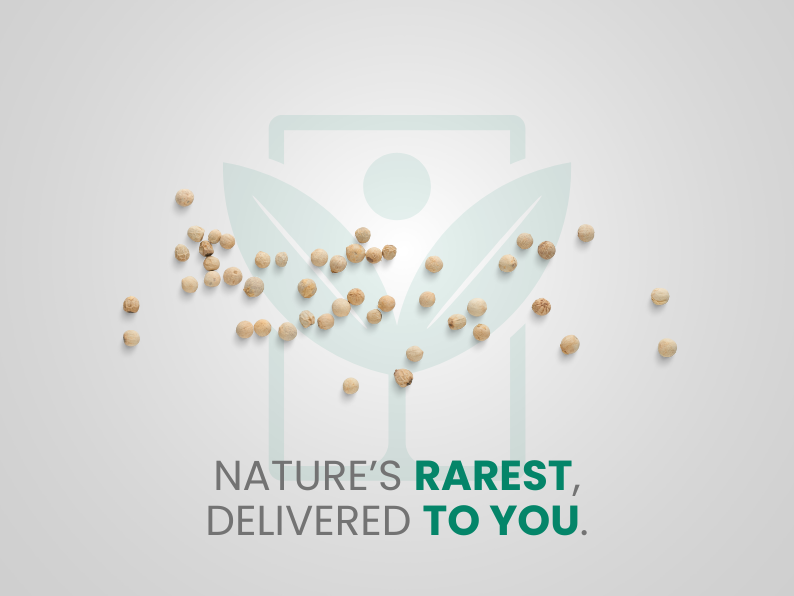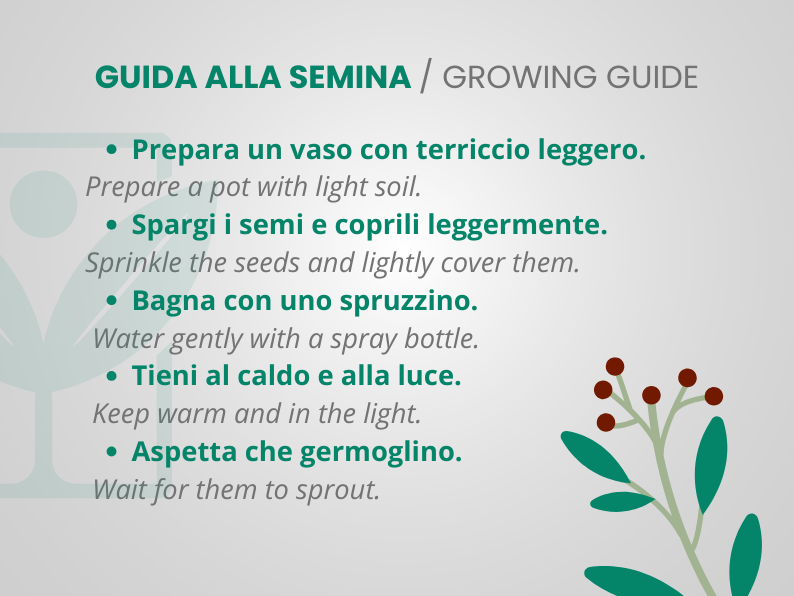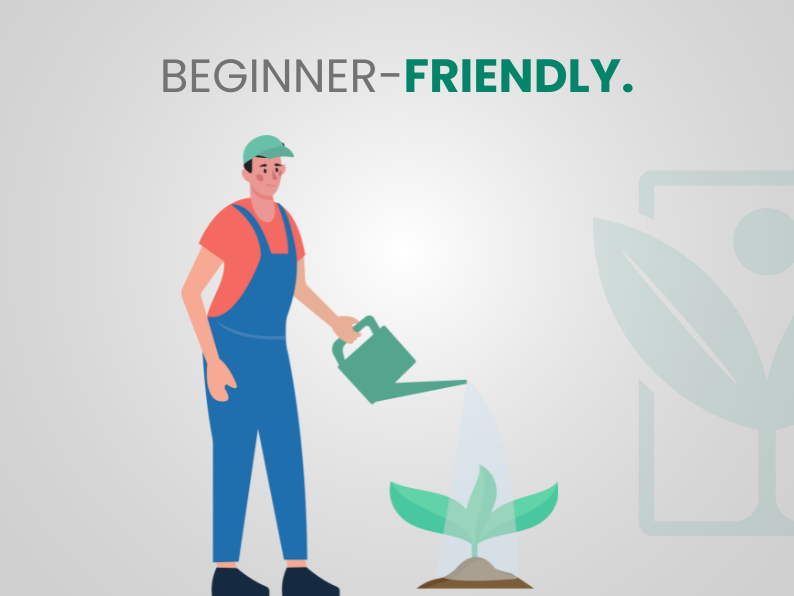15 rare seeds OLIVE PENDOLINO VERY RARE + free rare chili seeds - high quality selected seeds - top ornamental plant
Shipping time: 3-5 business days
Use code " BOTANIS10 " for a 10% welcome discount!
Free shipping: on orders over €39!
Couldn't load pickup availability

Description
This variety is unmistakable for its beautiful drooping shape and narrow leaves; the olives are rather small (1.5-2.5 gr) but the production is very abundant.
Exposure: sunny and well sheltered from cold winds. Temperature: mild of the Mediterranean basin. Soil: prefers fresh and well-drained calcareous clay soils, but also adapts to stony and calcareous soils.
Fertilization: before planting it is preferable to give a good basic fertilization based on manure and mineral fertilizers. At the beginning of spring, it is good to administer a good complete mineral and organic fertilization.
Watering: the olive tree is a crop that grows quietly in dry conditions but lately it is irrigated to obtain better production. Watering must be, even if not abundant (drip, micro-rain), regular, allowing the soil to dry between one irrigation and the other.
Pruning: the ornamental olive tree is pruned when young, giving it a harmonious shape; over the years, dry or diseased branches are eliminated. Production pruning, taking into account that the olive tree does not tolerate cuts well, must be limited to eliminating a part of the branches that have borne fruit and thinning out the young branches. For the variety of table olives, thinning out the small fruits is useful, allowing for larger fruits and limiting the phenomenon of alternate production. Reconstitution or rejuvenation pruning is widespread, which consists of renewing the older plants by growing new branches in place of the exhausted ones.
Olive harvest: the harvest can be done by hand by shaking the branches and foliage with poles, letting the fruit fall onto nets previously laid out under the plants. The fruit must be stored in not very thick layers and in a well-ventilated area. The olive tree bears fruit a few years after the formative pruning, but the best yields are obtained when the plant is adult.
Parasites and diseases: the large olive scale insect infests the branches and leaves by sucking the sap and causing the formation of sugary substances that promote sooty mold. The olive fly, in its larval stage, damages the fruit which shrivels, rots and falls. The olive peacock eye which manifests itself with gray spots, red in the center which then become brown causing the leaves to fall and production is poor. The olive scab forms growths on the branches which swell and lead to the death of the branch.









